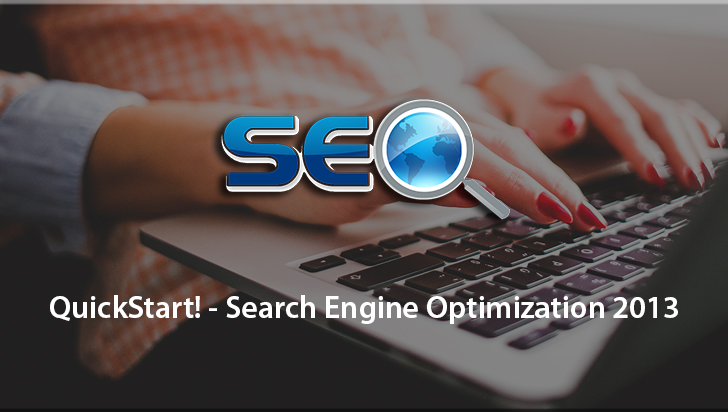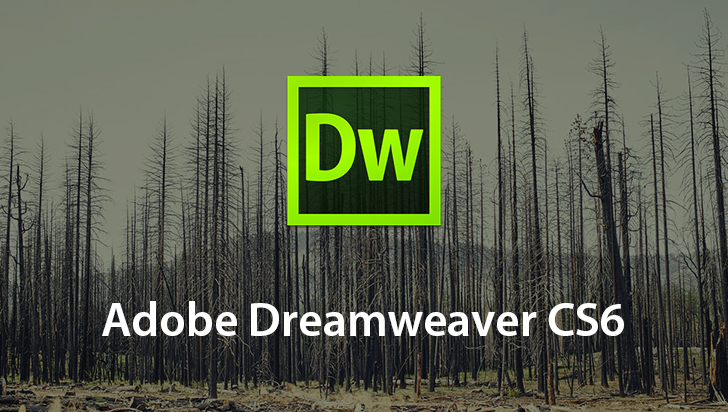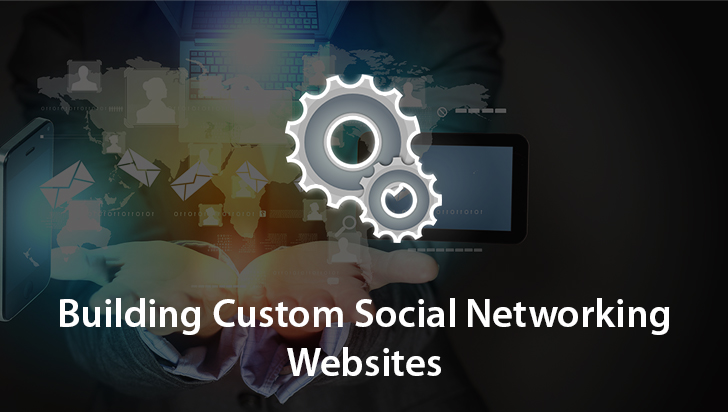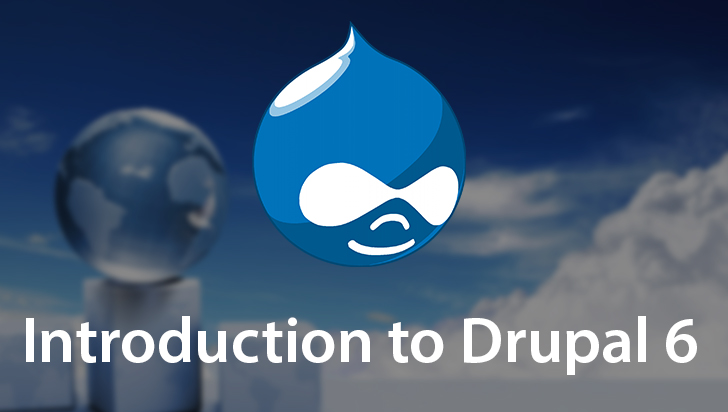Drupal 7 Course
This Course can only be played using a subscription. You can play only first 3 chapters for free. Click Here to avail a subscription
Drupal is an easy-to-use open source content management framework that allows you to build a website rapidly. Drupal is flexible and extensible and provides a large variety of core and contributed modules that add rich and dynamic functionality to your website. This includes the ability to add all types of content including blogs, interactive books, wiki-style pages, forums, comments, images, attached files (including documents and PDFs), slideshow galleries, polls, and surveys. This VTC course by Drupal expert, Trevor James, starts from a beginner level and uses practical examples to build a Drupal powered website. The course is for anyone interested in learning about open source software. You don't have to know any code or have any experience with HTML or website development. Some intermediate and advanced topics will be covered, including using the Views module and writing your own custom modules and themes. To get started now, simply click on the movie links.
Welcome to VTC's course on Drupal 7. So what is Drupal? Drupal's an Open Source software that you can use to build websites and other web based applications rapidly. You don't need to know any code or have any knowledge of web development to use Drupal, you basically can install Drupal on any server or host environment, whether that be Windows or Linux. And in about 15 to 20 minutes, you can have Drupal installed and ready to be used to build a very powerful website. Drupal's known for it's flexibility and it's extensibility, you'll hear these two terms used interchangeably in the Drupal Universe. And basically what they mean is, that when you install Drupal, without having to have huge knowledge based in web design or development, you can rapidly build a website for any type of web presence, that could be a small business, a non profit organization that you run, a larger enterprise based business, or any of the other myriad types of sites that are out there. You could build a blog based website, and use it primarily for blogging, you could build an image database, and just post all of your images, tag them, give them captions, et cetera. Drupal's currently used to power thousands and thousands of websites out there throughout the world, and the Drupal Community has a huge knowledge base, based on the contributions of thousands of developers and users of Drupal. Currently right here I'm looking at the Drupal.org home page, this is the main Community site for the Drupal software. This is where you come to download the software, and also get documentation on how to use the software, and also the Community Support Forum is, is based on this site, so you, when you run in to issues using Drupal, or if you have questions about how to do things with Drupal, this is where you come to ask them. We're going to be using the Drupal.org site often throughout the course, this is the site that we'll be coming to, to download Modules, Contributed Modules, Themes, and various other plug-ins that we're going to be installing into our Drupal 7 site. If you want more, as far as background and introduction to what Drupal is, and the history of Drupal, and the entire time line and history of it's releases from all the way from the earliest version of Drupal that started back in 2000, to the present, Drupal has had a fairly long life cycle in terms of Open Source software, and it's been used since 2000 to build hundreds and hundreds and up to thousands now of websites. And so for any introductory material on Drupal and the history of Drupal, you can go to the Wikipedia article, there's a lot of good information here about the history of Drupal, including history on the original developer and author Dries Buytaert. And the initial release which was the Stable Release in January 2001, and, and lots of other background. For those of you not familiar with Open Source software, the way Drupal works is that it's free to use, you can go to Drupal.org and download the software, and use it for free. But Open Source really means that you should be active in the Drupal.org Community. You can use the software, and build your website, and use it for free under specific Open Source Licensing which allows you to build the website, and use the Modules and the software, and then you can also contribute back to the software and help to develop it. This could be writing Modules, developing new Modules to use with Drupal, or just troubleshooting and helping other users with their specific issues, and also testing Modules, and helping developers get Stable Releases of their Modules. So we're going to talk a lot about this during the course, and you'll be able to determine where you could fit within the Drupal Community to help out and spread the Drupal knowledge, and help Drupal become even more successful. Currently Drupal is at the 7 version, we'll be talking about Drupal 7 primarily in this course, some of you may have used Drupal 6 in the past, and that's great, you already have a head start. And if you haven't used Drupal, you don't need to have any esperience to do this course, you, you really don't even have to have experience with web design or development. You can be completely new to web design and development, and you can still go ahead and use Drupal, install it and build a website very quickly. Some of the things we'll be talking about are other websites that use Drupal, this is the Origami USA website, which is the main site for the non profit paper folding organization in the United States. And this site is build with Drupal, we'll discuss some of the implementations on this site, and how Origami USA uses Drupal to power their website. The White House actually uses Drupal, so White House.gov is powered by larger enterprise package of Drupal, and they have lots of developers work on this site to build this site out, in, in the Drupal software. And then this is a good example of more of a blog and forum based site, called The Fresh Loaf, which is for baking enthusiasts. So right here you can see the range of uses of Drupal from non profit site to a larger scale enterprise organization, or, or Government Agency site to a blog based website. And finally, this is the site that we'll be building, it's called Firehouses of the World, and this will be our model site for the course, and all the content that we'll be adding, we'll be adding to this site. We'll set up the Menu Structure, and we're going to do lots of other cool things, like add navigable image galleries, and that sort of thing. So this is the course site, and I have instructions on the VTC website, there's a link to actually get to this model site so you can use this site as you follow along with the course movies. So I welcome you again to the Drupal 7 VTC Drupal 7 course, and up next, in the next movie, we're going to talk a little more detail about the Drupal.org community, and everything that you can find and use on the Drupal.org website.
- Course: Drupal 7
- Author: Trevor James
- SKU: 34249
- ISBN: 1-618660-03-9
- Work Files: Yes
- Captions: No
- Subject: Internet & Web Design
- The first 3 chapters of courses are available to play for FREE (first chapter only for QuickStart! and MasterClass! courses). Just click on the movie link to play a lesson.







